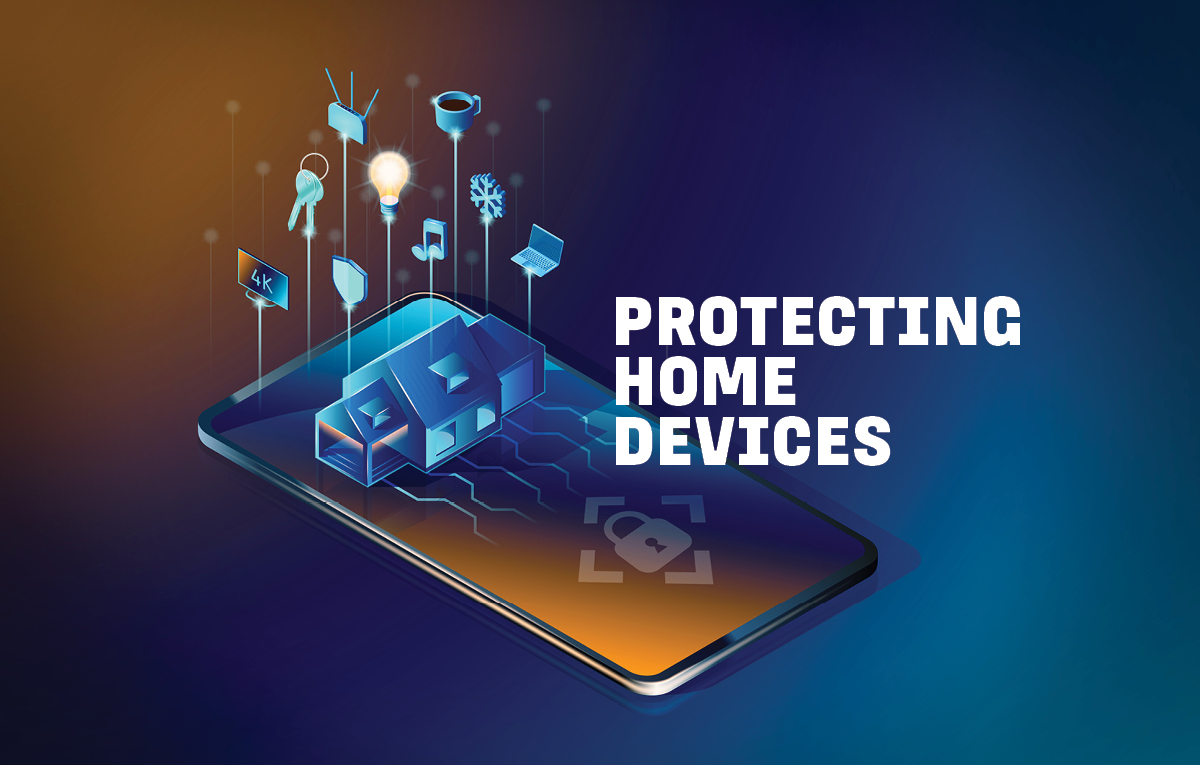As smart home devices become increasingly integrated into our daily lives, their convenience is accompanied by significant cybersecurity risks. Devices such as smart locks, voice assistants, and connected appliances often lack robust security measures, making them vulnerable to cyber threats. Attackers can exploit these vulnerabilities to gain unauthorized access to personal data, monitor household activities, or even control devices remotely. The decentralized nature of smart home ecosystems, with multiple devices from different manufacturers, further complicates the security landscape, creating numerous potential entry points for malicious actors.
To mitigate these risks, it’s essential to implement comprehensive security strategies. Regularly updating device firmware ensures that known vulnerabilities are patched promptly. Utilizing strong, unique passwords for each device and enabling two-factor authentication where available can significantly enhance security. Additionally, segmenting the home network to isolate smart devices from critical systems can prevent lateral movement in case of a breach. Employing reputable security solutions that offer real-time monitoring and threat detection can provide an added layer of defense against potential intrusions.
Manufacturers also play a pivotal role in securing smart home environments. By adopting security-by-design principles, they can ensure that devices are built with robust security features from the ground up. Transparency in data handling practices and providing users with clear guidelines on securing their devices can foster trust and promote safer usage. As the smart home market continues to expand, collaborative efforts between consumers, manufacturers, and cybersecurity experts are crucial to creating a secure and resilient connected living space.





